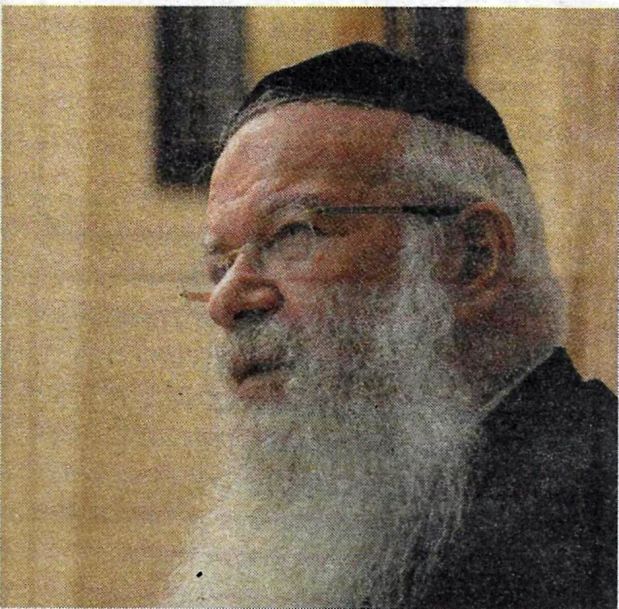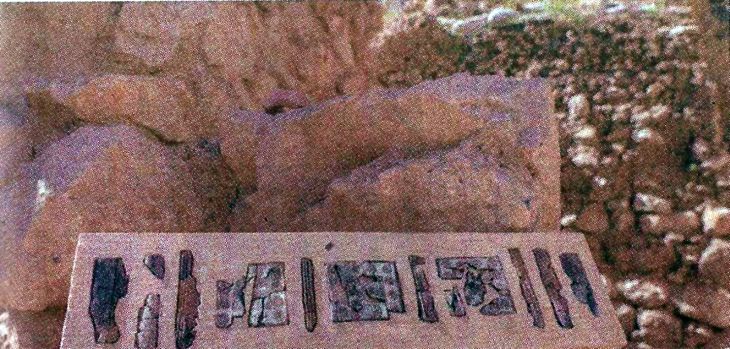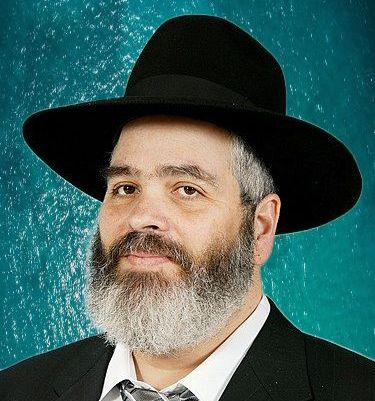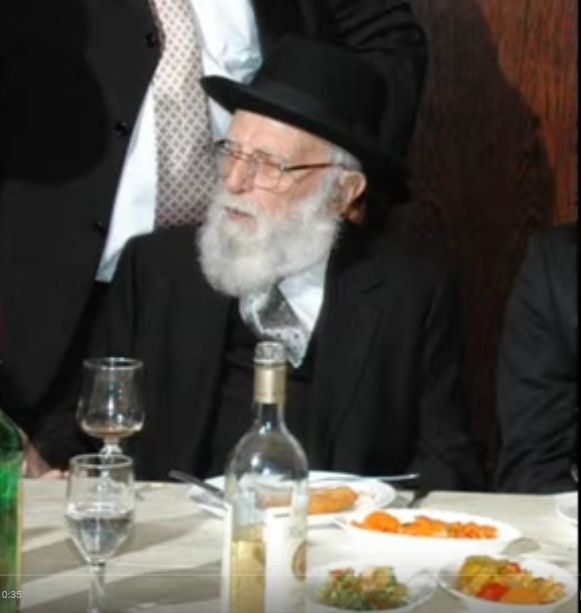  |
|
| |||||
This Google Custom Search looks only in this website. HaRav Chaim Walkin shlita recalls HaRav Chaim Shmuelevitz zt"l During Elul
We are already in the second week of Elul, the month of Heavenly assistance in which Hashem calls out to us in love: Return to Me and I will return to you. To our chagrin, there are so many in whose hearts this call does not penetrate. They are plunged in hopelessness, sometimes not even realizing it, and think to themselves, "Haven't we tried already to change? Didn't I make good resolutions last year, only to fail, and despair? How can we succeed if we failed so miserably in the past?"
But they are mistaken, maintains the Mashgiach, HaRav Chaim Walkin. They fail to appreciate the power of man, of their own selves. If a person were to assess his own strength and recognize his own greatness, he would value every second, every single deed, and would realize the power of teshuva. Even he were to fall and stumble as he did in the past, he should nevertheless value the importance of each hour of teshuva and good deeds.
HaRav Chaim Walking tells us:
A collection of ivory fragments dating back to Bayis Rishon, one of only a very few ever discovered anywhere in the world and the first unearthed in Jerusalem, was found in excavations by the Antiquity Authority and the Tel Aviv University in the Givati parking lot of the City of David, in the national park surrounding the Jerusalem walls. These digs were funded by the City of David organization and are located just outside the Dung Gate.
These remnants of ivory, considered in the ancient world as one of the most expensive raw materials, even dearer than gold, were found in the ruins of a very large building that is thought to have been the residence of prominent people. The ivory fragments are thought by the experts to have adorned wood furniture of the residents as inlays.
The director of the excavation says, "Up till today, we have known of ivory inlays only from capital cities of the large kingdoms in the times of Bayis Rishon, such as Nimrod, capital of Assyria, or Samaria which was the capital of the kingdom of Yisroel. Now, for the first time, Jerusalem can also be added to those capitals."
Professor Udi Lebel, head of the International Communications Center at Bar Ilan, exposes an amazing discovery in a book by Dr. Ronny Kampinsky, "Zevulun Hammer - a Political Biography." For the sake of the younger generation which doesn't remember Hammer, he was the leader of Mafdal, the National Religious Party which was at the peak of success and influence in his time.
He writes, "Towards the end of his tenure as Secretary General of the Mafdal, Hammer had reservations regarding the polarization of religious Zionism. The entry of Meir Kahane to the Knesset as head of the Kach party was, in his eyes, an educational failure. He led the amendment of the law on racism in April 1986, saying, `It is possibly preferable for the religious parties to raise the banner of this law. We also need to do a rethinking of our own, at least in the religious Zionist camp which is duty-bound to lead the battle for the adjustment of the Israeli society in the spirit of the Torah! We have been offered the opportunity to present to the Knesset parties a text which will add a vital contribution in the fight against Kahanism and its ilk. Whoever really seeks the benefit of this opportunity should unhesitatingly support it.' "
From Baranovitch To Mir: HaRav Leib Baron Recalls His Youth In Eastern Europe
Part V (Final Part)
Part V
For Part IV of this series click here.
HaRav Aryeh Leib Baron zt"l, was born in Horodok, which is near Volozhin. In his youth, he learned in the yeshivos of Baranovitch and Mir. Later he was the rosh yeshiva of Mercaz Hatalmud in Montreal, Canada and was known for his shiurim in both halacha and aggada, some of which have been published in his seforim: Bircas Reuven, Bircas Yehuda, Yishrei Lev, Nesivos Lev, Mesamchei Lev and Yismach Chaim, to give just a partial listing. We have published several of his essays on machshovo and hashkofo in these pages.
In these essays, based on an extended interview with HaRav Baron, he discusses the prewar European yeshiva world, upon whose approach to learning and to character development, today's yeshivos are patterned. Thanks to the magnificent memory with which he is gifted, HaRav Baron was able to describe his experiences in perfect detail, thus evoking living images of the life inside the great yeshivos of Baranovitch and Mir and of their roshei yeshiva and mashgichim.
In the last part, we read about the Mir Yeshiva, and how the students and rabbonim received documentation to travel across Russia, and actually went with the Trans-Siberian railroad.
A Yeshiva in Wartime Japan
* * *
Outstanding Articles From Our Archives
Opinion & Comment
by HaRav Shlomo Wolbe, (shlita) zt"l
We are suffused with a great joy at the onset of the new Elul zman and at the opportunity of entering the new and splendid Beis Medrash, for which we have R' Kugler to thank.
It will be our obligation to bring the Shechina into this beis medrash through our prayers and Torah study. We hope that our efforts will make the presence of the Shechina here palpable. How can we go about accomplishing this?
In Avoda Zora 19b it is written: "Why does it say, `Fortunate is the man who fears Hashem' and makes no mention of `the woman'? Said R' Amram in the name of Rav, `Fortunate is the person who repents when he is a man.' Rashi explains that this means while one is still vigorous and in his prime, that is, he is quick to recognize his Creator, before he is an old man. [It does not mean `man' as opposed to `woman' but means `man' as opposed to `old man.']
This is a significant revelation into the meaning of teshuva. We are accustomed to thinking that repentance is what we do for our sins, whereas Rashi tells us that teshuva is acknowledging and "getting to know one's Creator."
If teshuva means to return, to repent, from what point does one repent? From where? And where does one go to from there?
Comfort on the Tablets of Our Hearts
by Rabbi Mordecai Plaut, based on a shiur of a rosh yeshiva in Yerushalayim
(HaRav Moshe Shapiro zt"l)
As we read the seven haftorahs of comfort that lead up to the Yomim Noraim, these insights into the true meaning of true comfort should prove very valuable.
Part II
Part I discussed the fact that the seven haftorahs that we read from Tisha B'Av until Rosh Hashonoh show that consolation provides a crucial bridge that takes us from the Churban to the Tikkun that we have on Yom Kippur, equivalent to our receiving the Second Luchos on that day. However, we do not even understand what consolation is and how it could be possible. How can we console someone in the midst of a loss? Consolation does not mean distraction, so how is such a thing possible? It is certainly not enough to just read the haftorahs in public. We must assimilate within ourselves the consolation. There is a process to which we must join ourselves in order to pass from the Churban to the eventual Tikkun. In order to do this, as a first step we must learn what it is.
|
|||||



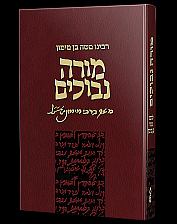
.jpg)
